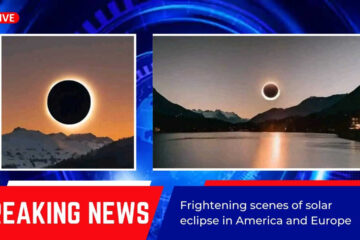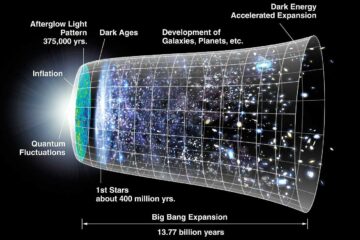The enigmatic realm of Unidentified Aerial Phenomena (UAP), commonly referred to as Unidentified Flying Objects (UFOs), has remained an enduring mystery, captivating the curiosity of scientists for decades, as declared by the American space agency, NASA.
In a groundbreaking endeavor, NASA has embarked on a mission to unravel these rare and perplexing occurrences through the application of cutting-edge technology and artificial intelligence.
To embark on this extraordinary mission, NASA established an external independent research team in June 2022. The team’s mission was clear: scrutinize the vast repository of data and resources associated with UAP and illuminate their mysterious nature.
After much anticipation, NASA has now unveiled the eagerly awaited report stemming from their rigorous investigations. Following an exhaustive analysis of hundreds of UFO sightings, NASA’s team of experts has arrived at a resolute conclusion: there is no substantive evidence to suggest that extraterrestrial beings are responsible for these enigmatic phenomena.
Over the last 27 years, more than 800 incidents of UAP sightings have been documented across the globe. These elusive aerial anomalies have defied conventional explanations, persisting as an enigma within the realm of known scientific phenomena.
In a bid to demystify these unexplained occurrences, fresh research initiatives are set to be launched. Between March 5, 2021, and August 30, 2022, the U.S. Department of Defense recorded a total of 247 new UAP reports, underscoring the urgency and significance of continued investigation into these enigmatic events.
While acknowledging the possibility of the existence of other habitable planets within the vast cosmos, NASA Administrator Bill Nelson stipulated a crucial caveat: “If we accept this as a possibility, these objects must have traveled through our solar system to get here.”
While the report refrains from definitively affirming the existence of extraterrestrial life, it does not dismiss the potential involvement of hitherto unknown alien technologies.
In the pursuit of understanding UAP, the report underscores the indispensable role of artificial intelligence and machine learning as “essential tools.” These formidable technological assets will be deployed to scrutinize well-characterized data collected under stringent criteria.
NASA, with its rich legacy of harnessing advanced technologies, is poised to leverage computational and data analysis techniques to provide pivotal support in unraveling the mysteries concealed within the UAP phenomenon.




